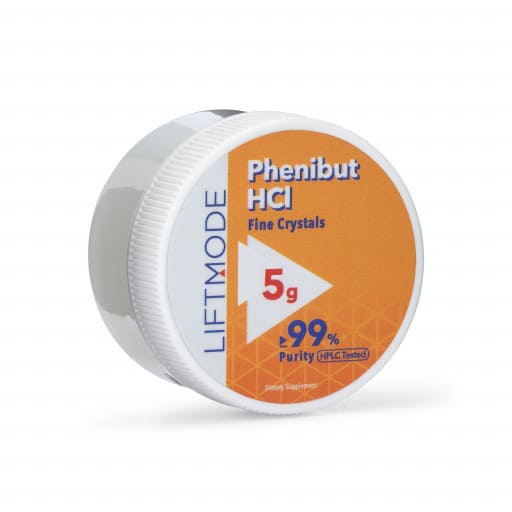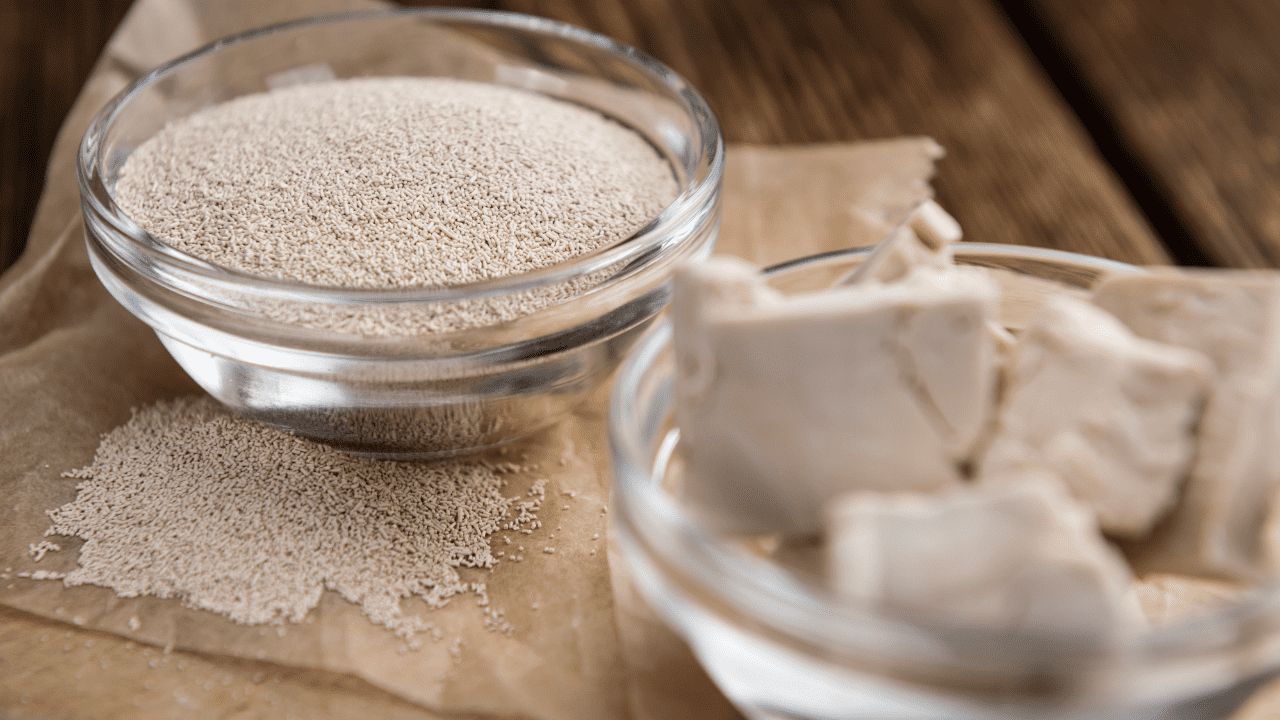
A lot of people have been asking what Phenibut does to the brain? It is a great question.
To begin with, Phenibut is a GABA analogue. GABA (gamma-aminobutyric acid) is the main inhibitory neurotransmitter in the brain.
It reduces neuronal excitability throughout the nervous system and is responsible for the ‘chill/relaxed’ feeling. GABA receptors are metabotropic ionotropic G-protein coupled receptors that are divided into three subunits, α, β and γ.
In the end, what this means is that Phenibut functions in the brain in much the same way as GABA does.
The main difference between Phenibut and GABA is their structure. Glycine and phenylalanine are replaced in Phenibut by leucine.
At around the molecular structure of benzodiazepines (‘benzos’), phenylalanine becomes tyrosine, yielding a slightly different effect profile than benzodiazepines.
How Phenibut Works In The Brain
Phenibut has an affinity for GABA receptors of approximately 100 times that of GABA.
It also has a high affinity for the α2-δ subunits of voltage-gated calcium channels.
When bound to the GABA receptor, Phenibut increases the frequency of opening of calcium channels in postsynaptic neurons.
These channels are involved in action potentials (an action potential is generated when there is a change in electrical potential across a neuron’s membrane that causes sodium ions to rush into the cell) and long term potentiation (LTP).
When calcium channels are more readily opened, the action potentials are more likely to pass through, making them more likely to reach the postsynaptic neurons.
This in turn makes it easier for the postsynaptic neurons to send signals back up the axon of the neuron that they are receiving synaptic input from.
This allows for information to be transferred from one point on the nervous system to another faster than it is able to do naturally. This is what LTP is all about.
This means that as Phenibut binds to the receptor, it allows for information to be relayed quicker and more efficiently.
The end result is a greater degree of communication between the neurons of the brain and other parts of the nervous system. Remove GABA from the brain and then administer it back, and you can see how Phenibut works in this way.
Another extremely useful property of Phenibut is its anti-anxiety effects. GABA is the primary inhibitory neurotransmitter in the brain, meaning it reduces neuronal excitability.
GABA A vs. GABA B
The effects of Phenibut are largely predicted by the fact, that it creates a physiological effect that mimics the effect produced by GABA in our brains.
GABA is a neurotransmitter that inhibits action potentials and suppresses neuronal excitability.
GABA is produced by neurons in the brain and is released from different parts of the brain at different levels. It serves to maintain a physiological level of rest in the brain, keeping it calmer and less active.
The majority of GABA in our brains comes from two neurotransmitters: GABA A and GABA B.
GABA A receptors modulate neuronal excitability through an inhibitory effect, whereas GABA B receptors modulate neuronal excitability through an excitatory effect.
GABA is also produced in high amounts in the gut, in the adrenal gland and at the level of local tissue.
GABA is also broken down by our enzyme, glutamic acid decarboxylase (GAD), along with a few other amino acids.
In order to get GABA into the brain, it must be broken down by this enzyme. Due to this, Phenibut ensures that a larger amount of GABA got into the brain than would otherwise have been possible.
Phenibut Affects Serotonin
Phenibut DOES affect serotonin in the brain.
To start with, serotonin is a neurotransmitter. And, phenibut does affect serotonin in the brain.
Serotonin is produced mainly in the gut and at the level of tissue. It has a ton of functions in the body, but for now we will assume that there is no correlation between Phenibut and serotonin levels.
Serotonin is often referred to as “the happy hormone” due to its well-known role in mood regulation.
Serotonin is broken down by monoamine oxidase A (MAO-A), which is an enzyme that breaks down a variety of different neurotransmitters.
Serotonin is also broken down, through reuptake, by a transporter called SERT.
In order for serotonin to be released, it must first bind to one of these transporters or receptors. Once it has done so, it is recycled in the synapse and bound to a pre-synaptic neuron.
Once bound, serotonin is ready to be released again. However, if it is not released within a certain amount of time, it will simply be broken down by MAO-A or SERT and removed from the synapse.
Phenibut Affects Dopamine
Phenibut DOES increase dopamine in the brain (this is why it provides a stimulatory effect in addition to its anti-anxiolytic effects).
Dopamine is another neurotransmitter. It is involved in a ton of physiological processes, including maintenance of motivation and motor function, attention, habit learning and memory.
Dopamine is broken down by the enzyme catechol-O-methyltransferase (COMT). This enzyme breaks down a variety of different neurotransmitters in a number of different ways, allowing for clear communication throughout the brain.
Dopamine is also broken down by a transporter called DAT.
DAT works to remove dopamine from the synapse, recycling it and binding it to a pre-synaptic neuron.
In order for dopamine to be released, it must first bind to one of these transporters or receptors. Once it has done so, it is recycled in the synapse and bound to a pre-synaptic neuron.
Once bound, dopamine is ready to be released again. However, if it is not released within a certain amount of time, it will simply be broken down by COMT or DAT and removed from the synapse.
References:
- https://www.ncbi.nlm.nih.gov/pmc/articles/PMC5952553/ (Phenibut (β-Phenyl-γ-aminobutyric Acid) Dependence and Management of Withdrawal: Emerging Nootropics of Abuse)
- https://pubmed.ncbi.nlm.nih.gov/11830761/ (Phenibut (beta-phenyl-GABA): a tranquilizer and nootropic drug)
- https://pubmed.ncbi.nlm.nih.gov/32340063/ (Safety and Tolerability of the Anxiolytic and Nootropic Drug Phenibut: A Systematic Review of Clinical Trials and Case Reports)
- https://www.ncbi.nlm.nih.gov/pmc/articles/PMC6758981/ (Phenibut Addiction in a Patient with Substance Use Disorder)
source https://nootropicology.com/what-does-phenibut-do-to-the-brain/

No comments:
Post a Comment